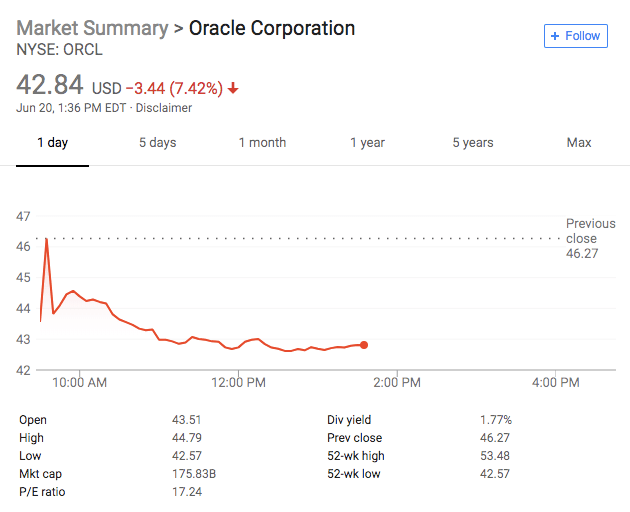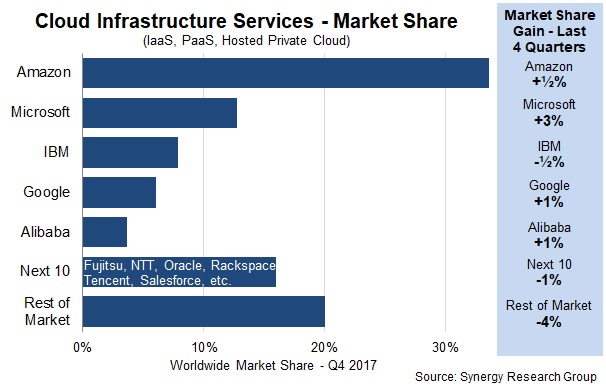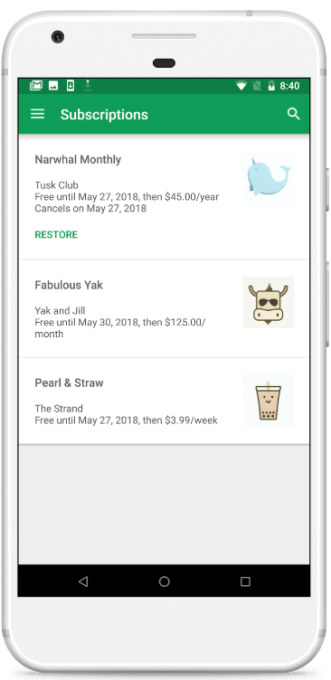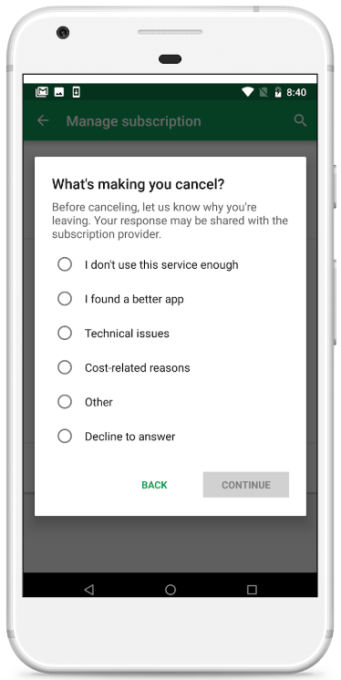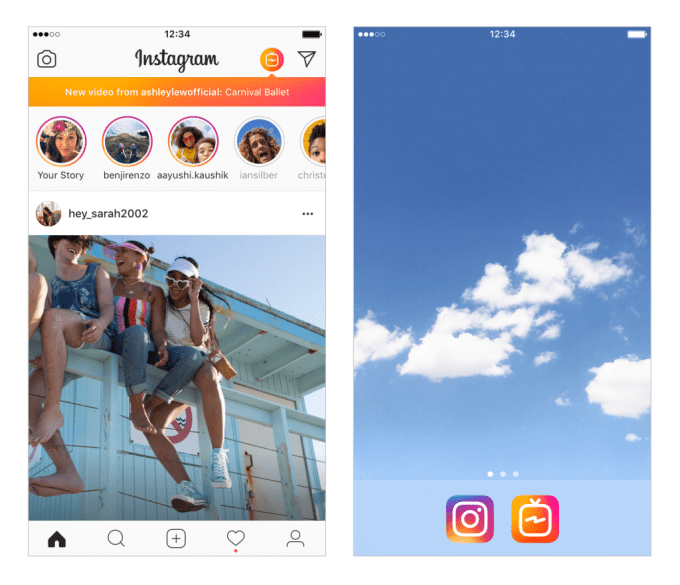President Trump has signed an executive order to reverse a practice recently enacted by his own administration that resulted in the separation of children from their families at the border.
The language of the executive order, titled “Affording Congress an Opportunity to Address Family Separation,” points blame at Congress, echoing Trump’s previous statements demanding that this issue be resolved through legislation although it was not implemented through legislation.
The meat of the order:
“Section 1. Policy. It is the policy of this Administration to rigorously enforce our immigration laws. Under our laws, the only legal way for an alien to enter this country is at a designated port of entry at an appropriate time. When an alien enters or attempts to enter the country anywhere else, that alien has committed at least the crime of improper entry and is subject to a fine or imprisonment under section 1325(a) of title 8, United States Code. This Administration will initiate proceedings to enforce this and other criminal provisions of the INA until and unless Congress directs otherwise. It is also the policy of this Administration to maintain family unity, including by detaining alien families together where appropriate and consistent with law and available resources. It is unfortunate that Congress’s failure to act and court orders have put the Administration in the position of separating alien families to effectively enforce the law.”
The executive order proposes a “temporary detention policy” that would allow the Department of Homeland Security to detain families attempting to enter the United States at the southern border “during the pendency of any criminal improper entry or immigration proceedings involving their members.”
That portion of the order suggests that DHS would indefinitely detain a family, together while any of its members await prosecution and potential deportation, a policy that looks likely to violate an existing court decision, Flores v. Reno. Because that legal precedent forbids the indefinite detainment of children at the border, the administration is likely gearing up for a clash in the courts.
Through the executive order, the president makes his plan to challenge the decision, known as the Flores agreement, plain:
“The Attorney General shall promptly file a request with the U.S. District Court for the Central District of California to modify the Settlement Agreement in Flores v. Sessions, CV 85-4544 (“Flores settlement”), in a manner that would permit the Secretary, under present resource constraints, to detain alien families together throughout the pendency of criminal proceedings for improper entry or any removal or other immigration proceedings.”
As controversy around the southern border erupted in recent days, many major tech companies weighed in with vocal opposition to the Trump administration’s recent practice of separating adults who enter the U.S. illegally from the children they bring with them. Microsoft’s Satya Nadella also denounced the policy, though the company is facing both internal and external criticism over its previously announced intentions to supply deep learning and facial recognition software to U.S. Immigration and Customs Enforcement (ICE) through a lucrative federal contract.

